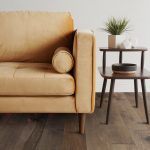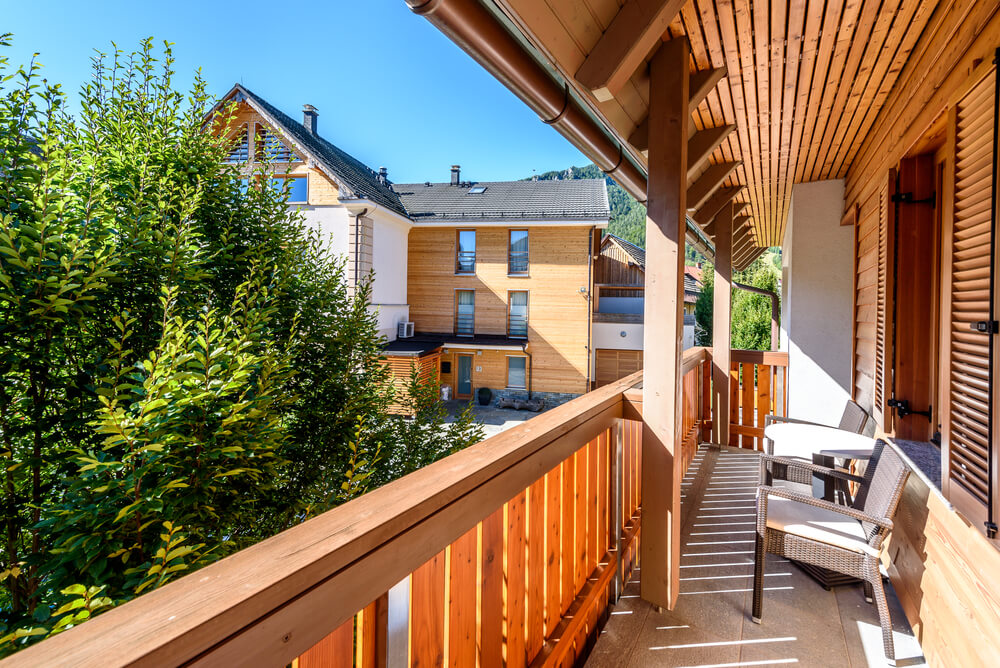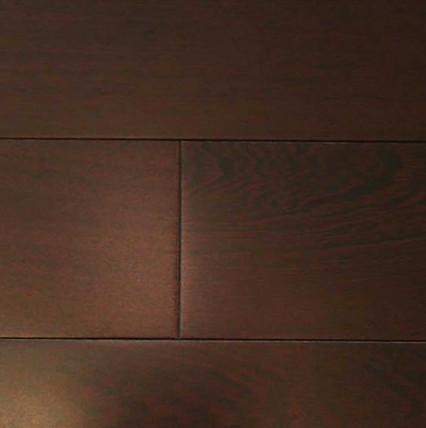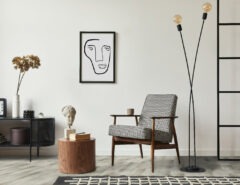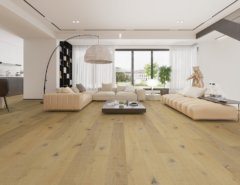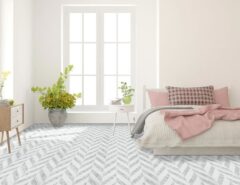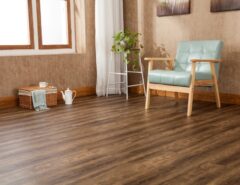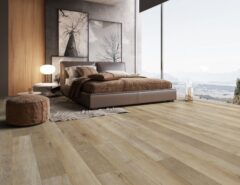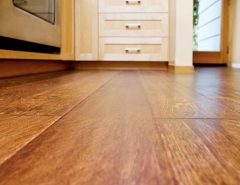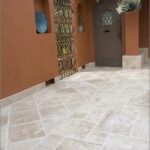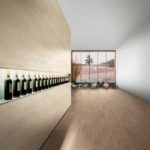Introducing Wenge
Most prolific in central Africa, this dark wood is best known for its use in musical instruments and fine furniture. Here’s the best thing, though. Although there is some concern about the sustainability of Wenge farms, the wood has emerged in a new and environmentally friendly form.
Its unique color and flocked appearance serves as a muse for the designers of today’s most beautiful engineered and laminate floors. Although these floors aren’t usually made of actual Wenge, and instead are created from more sustainable species, they carry the look and the feel of this exceptional wood. Let’s learn more about why Wenge is such an inspiration.
Wenge Stats
Latin name: Millettia laurentii
Janka Hardness rating: 1930
Common color spectrum: Medium brown to nearly black
Stability: Very good (better than red oak)
Music to the Ears
Wenge is best known for its sound quality, which is why it features so heavily in some of the world’s highest quality instruments. Traditionally, Wenge, which is the name of the wood of the Millettia laurentii legume tree rather than the tree itself, has been cultivated for drums in places such as Gabon, Cameroon, and the Congo.
The wood is heavy and it is also extremely dense, which means that it reverberates beautifully. Instruments that are commonly constructed with Wenge include not only drums, which benefit from its deep resounding qualities, but also guitars. Wenge is often employed for the parts of guitars that require density and support as well as musical tone, such as their fretboards and necks, and it is also combined with lighter woods such as maple to provide the instrument with both stability and lightness.
Wenge is also a common component of other tools that need the ability to reverberate but retain tensile strength. Arrows and bows, for example, benefit heavily from the same qualities that make Wenge so attractive to instrument designers. For thousands of years, this tree has provided communities with a material that can be easily carved and carefully applied to many different uses.
An Exceptional and Modern Beauty
Wenge also hits all the right notes when it comes to style, which is why its patterns are so sought after in today’s interior design marketplace. Its beautiful flocked appearance is also known as partridge wood, because of the fact that it resembles the unique pattern of partridge feathers. This effect is evident both in regular cuts of Wenge and in endgrain crosscuts, where the wood’s contrast between dark and medium brown fibers is revealed in higher contrast.
The color of Wenge has become popular in recent years due to renewed interests in mahogany and other darker species in interior design circles. Because Wenge is so unique in its color spectrum and the depth of its browns and blacks, it has even been utilized as a substitute for ebony.
The look of Wenge
When it comes to the design value of your flooring or wood paneling, the color and style of a Wenge-inspired hardwood cannot be overstated. The look of Wenge is stunning, and choosing an engineered floor that draws on its dark palette and hard grain will enhance your home, especially if you are looking for a very contemporary look and feel. This is a wood that needs an audience, but at the same time its subtlety and low variation in tone means that it will match almost any design scheme.
And, if this kind of exotic species inspires you, make sure you put a trip to Africa on your bucket list so that you can see Wenge trees in the wild, along with those tiny monkeys. It’s well worth the trip.
But Wait, There’s More
Not only does Wenge wood make a gorgeous laminate floor, it is also a great material for cabinetry within your home. Ranging from table and chairs, vanities, to bathroom cabinets, this wood is sure to complete the look of your home.



